
| Recorded by: Mark Basinger on 2025-08-15
Ashe Co.
Comment: | 
| Recorded by: Mark Basinger on 2025-08-15
Ashe Co.
Comment: |
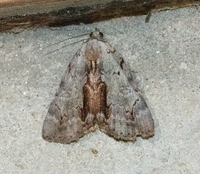
| Recorded by: Emily Stanley on 2025-07-28
Buncombe Co.
Comment: | 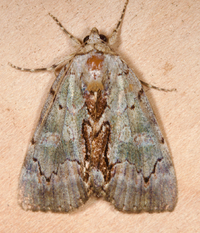
| Recorded by: Jim Petranka and Becky Elkin on 2025-07-26
Madison Co.
Comment: |
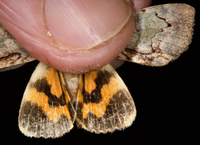
| Recorded by: Jim Petranka and Becky Elkin on 2025-07-26
Madison Co.
Comment: | 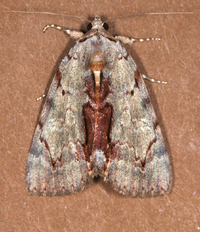
| Recorded by: Jim Petranka on 2024-07-01
Madison Co.
Comment: |
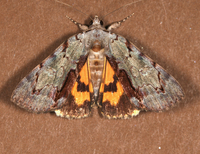
| Recorded by: Jim Petranka on 2024-07-01
Madison Co.
Comment: | 
| Recorded by: David George, Stephen Dunn, Jeff Niznik, Rich Teper, Becky Watkins on 2023-07-30
Swain Co.
Comment: |
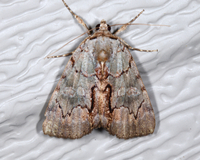
| Recorded by: Jim Petranka on 2023-07-14
Madison Co.
Comment: | 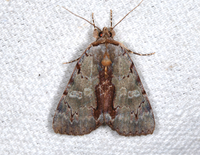
| Recorded by: Jim Petranka on 2023-07-10
Madison Co.
Comment: |
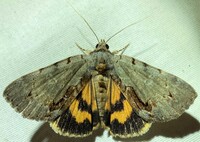
| Recorded by: Dean Furbish and Joy Wiggins on 2023-06-17
Wake Co.
Comment: | 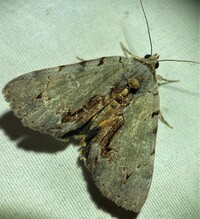
| Recorded by: Dean Furbish and Joy Wiggins on 2023-06-17
Wake Co.
Comment: |
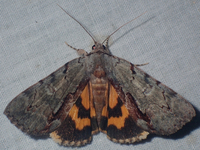
| Recorded by: tom ward on 2021-07-16
Buncombe Co.
Comment: | 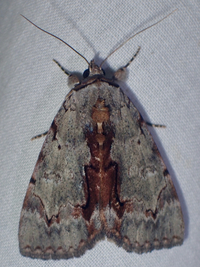
| Recorded by: tom ward on 2021-07-15
Buncombe Co.
Comment: |

| Recorded by: tom ward on 2021-07-07
Buncombe Co.
Comment: | 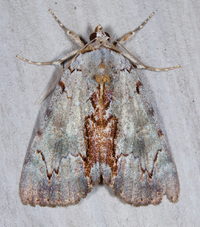
| Recorded by: Jim Petranka and Becky Elkin on 2020-08-01
Madison Co.
Comment: |
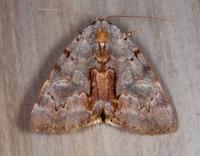
| Recorded by: Jim Petranka and Becky Elkin on 2020-07-17
Madison Co.
Comment: | 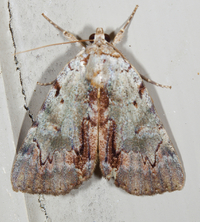
| Recorded by: Jim Petranka and Becky Elkin on 2019-07-10
Madison Co.
Comment: |

| Recorded by: Jim Petranka and Becky Elkin on 2019-07-10
Madison Co.
Comment: | 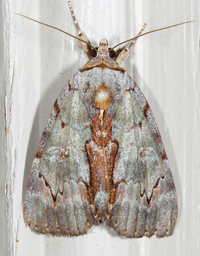
| Recorded by: Jim Petranka and Becky Elkin on 2019-06-30
Madison Co.
Comment: |

| Recorded by: Gary Maness on 2019-06-25
Guilford Co.
Comment: | 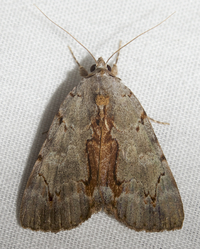
| Recorded by: Jim Petranka and Becky Elkin on 2018-07-23
Madison Co.
Comment: |
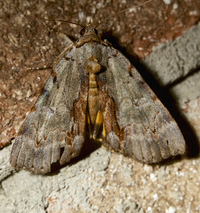
| Recorded by: Jim Petranka and Becky Elkin on 2018-07-14
Madison Co.
Comment: | 
| Recorded by: Gary Maness on 2018-06-09
Guilford Co.
Comment: |
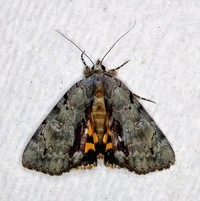
| Recorded by: Gary Maness on 2018-06-09
Guilford Co.
Comment: | 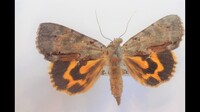
| Recorded by: Darryl Willis on 2013-07-14
Cabarrus Co.
Comment: |
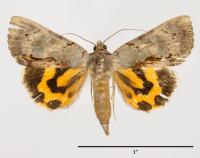
| Recorded by: JBS on 2012-06-19
Northampton Co.
Comment: | 
| Recorded by: Vin Stanton on 2011-07-03
Buncombe Co.
Comment: |
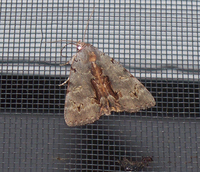
| Recorded by: Taylor Piephoff on 2010-06-06
Mecklenburg Co.
Comment: |

 »
»



 »
»

